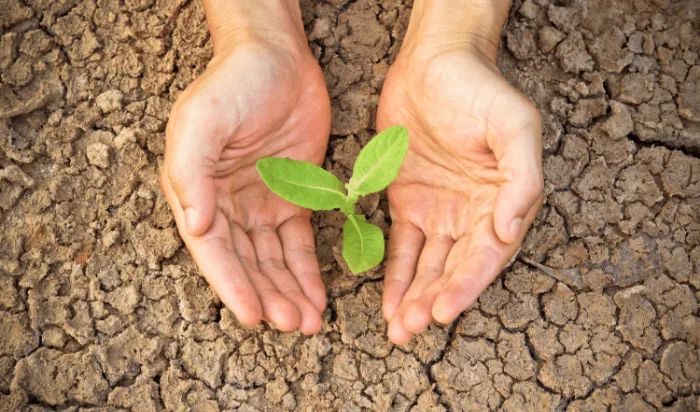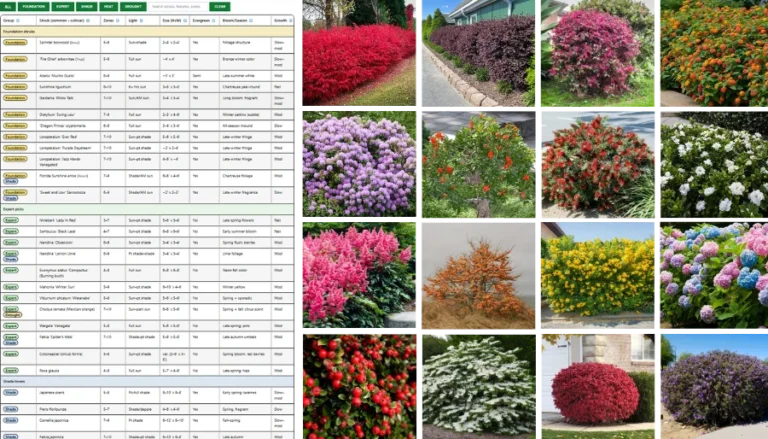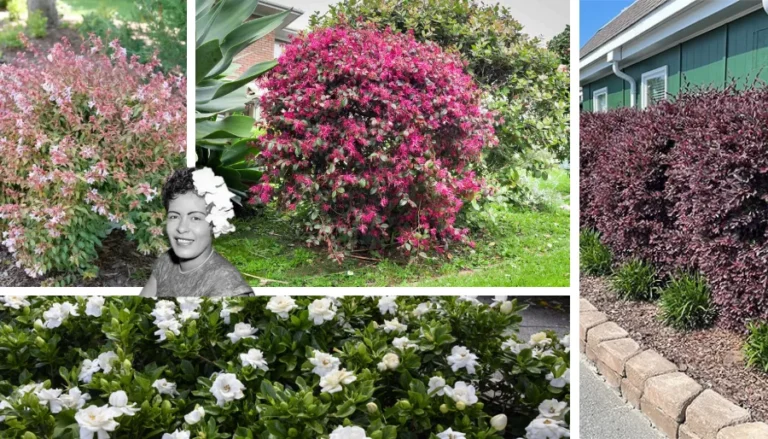We all love the look of a lush, green lawn and a garden full of beautiful plants and flowers, but in times of drought, this can be difficult to maintain.
Conserving water is something we should all be doing, and watering your lawn and garden responsibly should be included.
Here are some ideas on how to help your lawn and garden survive.
LAWNS
An important thing to keep in mind when you live in a drought prone area is not too water your lawn too often during the times between droughts.
Frequent watering will keep the root system of the grass at the top level of the soil and keep it from growing deep. The deeper the root system goes, the better your lawn will handle periods of drought.
Don’t panic when you see brown.
No one likes seeing their lawn turning brown during times of drought when water restrictions are put in place, but don’t panic.
During short periods of drought, the grass will become dormant after a couple of weeks with no rain and will usually recover when the rains return.
Water manually infrequently during water restrictions.
During long periods of drought, you will need to water your lawn to keep it alive. When due to water restrictions, you can’t use a hose or sprinkler, you can give your lawn a light watering using a watering can once a month.
Always water during the early morning or late evening, this will keep the water from evaporating instead of reaching the soil and roots.
Wait till late in the day to mow.
It’s important to mow your lawn late in the afternoon or early evening, especially during periods of drought.
Something you might consider is replacing some of your lawn with beds of succulents. Succulents are very drought tolerant and will add some green in your yard without having to worry about watering so much.
GARDENS
To help your garden survive periods of drought, one of the first things you should do is mulch it.
This includes raised beds and container gardens.
Adding mulch will help the soil retain moisture and protect it from the hot sun.
You can water your garden using a watering can. Always be sure you only water at the base of the plant, not over the leaves.
You want every drop of water to go to the roots.
For container gardeners, you will need to water more frequently due to the fact the containers lose moisture faster than the ground.
It’s also important to remove any weeds, you want the water to go to your plants, not the weeds.
TREES & SHRUBS
To keep your trees and shrubs going through periods of drought, you will want to add mulch around them, this will help the soil retain moisture.
To water your trees and shrubs, use a watering can and water them at their base, not the surrounding ground.
Shallow rooted species will need watering more often than deeper rooting ones.
If you are unsure which root type your plants have, check online, so you know what you have.
A Couple Other Ideas for Responsible Watering
Consider installing a drip irrigation system for your lawn, gardens, raised beds and container gardens. There are even DIY methods available online.
Consider planting more drought tolerant plants, trees and shrubs, they will keep your yard and garden looking green without requiring a lot of water. This is something anyone that is thinking about starting a garden or adding trees and shrubs to their yards in drought prone areas should do. This will save you a lot of stress in the long run.
Ultimate List of Drought Tolerant Plants
- Agave
- Succulents
- Aster
- Columbines
- Dianthus
- English Lavender
- Evening Primrose
- Hollyhocks
- Hyssop
- Phlox
- Sage
- Yarrow
- Lantana
- Echinacea
- Coneflowers
- Salvia
- California Poppy
Top 4 Drought Tolerant Grasses
- Tall Fescue
- Fine Fescue
- Buffalo Grass
- Kentucky Blue Gras
7 Popular Drought Tolerant Ornamental Grasses
- Pink Muhly Grass
- Blue Fescue
- Blue Grama
- Dwarf Mat Rush
- Mexican Feather Grass
- Fountain Grass
- Feather Reed Grass

















